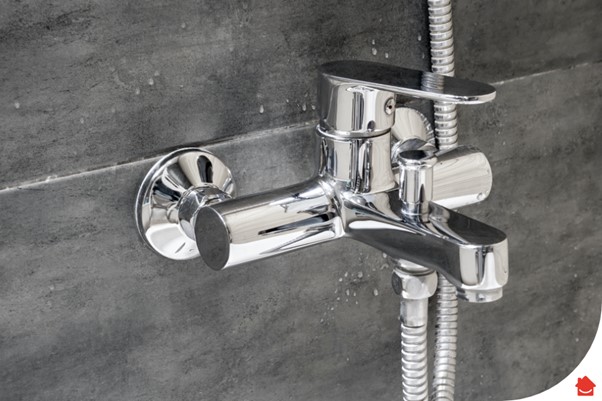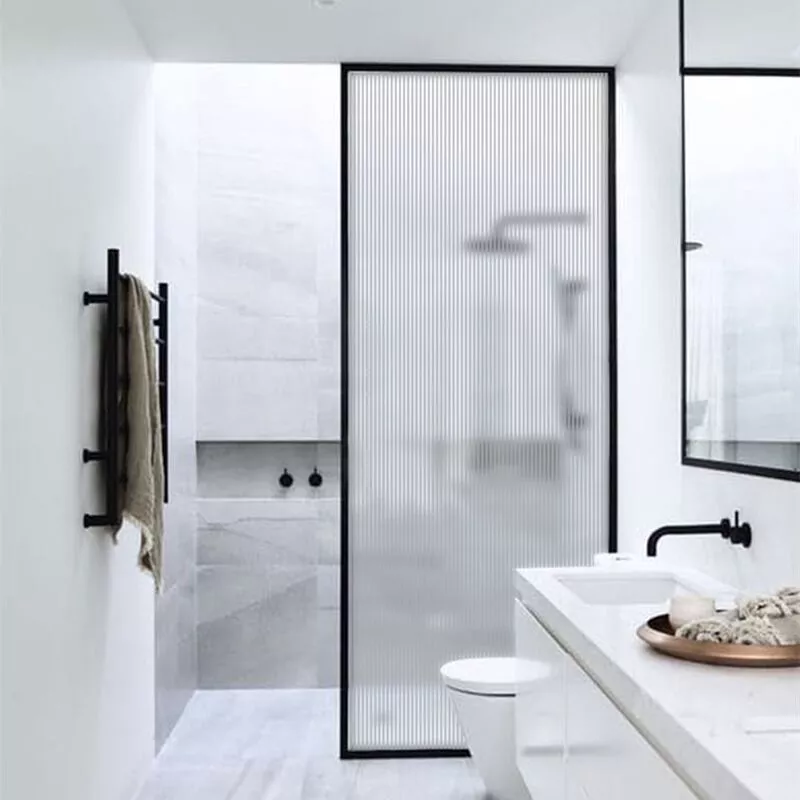“Oh no, the water pressure in my shower is low again!” It may the first thought when you enter your shower with low water pressure. Even though it’s irritating, it could signify a bigger plumbing problem.
A low water pressure in shower only, it could be caused by a clogged showerhead, a worn-out mixing valve, a closed valve, or even a broken hot water heater. Luckily, this article will help you limit your shower problems and figure out what’s causing them.

6 Reasons Why Is the Shower Head Pressure Low
Clogged Showerhead
If you encounter no water pressure in shower but plenty everywhere else, you may have a clogged showerhead. Calcium, magnesium, and other minerals are present in water, particularly hard water, and as the liquid evaporates, they turn into limescale, a white, chalky substance.

As time goes on, the accumulation of these minerals may cause your showerheads to get clogged. This causes the water flow to decrease and gives the impression that the water pressure is low.
To remove the mineral accumulation, leave the showerhead overnight in a bowl or bag filled with vinegar. Next, brush or poke any remaining debris from the showerhead’s holes using a small tool.
Low-Pressure Showerhead
Water conservation is a good thing, but old low-pressure showerheads that have a flow restrictor and smaller holes can be too stingy with water and make it feel like there isn’t enough pressure. One of the simplest ways to boost water pressure in the shower is to switch to a high-pressure showerhead from a low-pressure one.

Modern high-pressure showerheads are incredibly well-designed, allowing for a dramatic increase in water pressure and a truly luxurious showering experience. They are reasonably priced and simple to install. You can purchase such square or round showerheads at MyHomeware or your local plumbing store.
Damaged Mixing Valve
If your shower or tub has a one-handle faucet, it may include an internal component known as a mixing valve, which regulates the amount of cold and hot water flowing to the showerhead. If that particular valve is clogged or worn out, it will shake off the pressure and temperature. However, the mixing valve can be difficult to remove and replace, so it must be replaced by a skilled plumber.

Closed Valve
Your plumbing system contains a number of valves. If even one of them is partially closed, often done accidentally, you may have low water pressure. Ensure that the main shutoff valve, the water meter valve, and any inline valves are fully open.

Water Heater Issues
A water heater can also affect the water pressure in your home. Here are the reasons:

- The Water Heater Shut-off Valve Is Half Open
Fortunately, this is an easy fix. Simply open the valve fully, and your water pressure issues will be resolved.
- Clogged Pipes
The accumulation of sediment in the water heater’s pipes affects the flow of water, resulting in decreased water pressure. To resolve this, ensure that your water heater is frequently cleaned (piping included).
- Small Tankless Water Heater
If you use too many appliances simultaneously for your tankless water heater to handle, you may not receive enough hot water. Moreover, you will likely experience low hot water pressure.
Avoid connecting multiple appliances (such as a dishwasher, washing machine, shower, and faucet) to the same water heater simultaneously, or consider purchasing a tankless water heater with a larger capacity.
Defective Water Pressure Regulator
The job of a water pressure regulator is to make sure that the water pressure in your home stays in a safe range (generally 46-60 psi). This crucial component can stop working, letting the pressure go too low or too high. Most of the time, the water pressure regulator is on the water supply line before it goes into the house, and only a skilled plumber can replace it.

Conclusion
After reading the above reasons, you should know why your shower has no pressure. It could be caused by a dirty showerhead, a low-pressure showerhead, or issues with the valve and water heater. Some of them can be fixed by yourself, like cleaning or replacing the showerhead and adjusting the pressure. For the others, you may need to call a professional plumber to do it for you.
FAQs
A small amount of debris may be flushed out of your pipe system during the first few days of using your faucets. This happens even though the plumber flushes the pipes before finishing the job on your house. Aerators and shower heads can also become clogged by installation materials like plumber’s tape, copper chips, and particles of solder. In addition, a chip can occasionally damage the valve seat which creates a watertight seal.
There are other ways to boost poor water pressure in showers without installing a water pressure pump. Here’s how to increase water pressure in your shower without a pump.
● Find the pressure valves on your main water pressure regulator and change the pressure.
● Buy a high-pressure showerhead.
● Remove flow restrictors from your showerheads.
● Ensure that the water heater’s shut-off valve is fully open.
● Ensure your pipes aren’t clogged or ruptured.
A water pressure booster is a device that improves water flow through your pipes, which makes the water pressure higher. This is accomplished by pressurizing water by compressing air in one of its components (the bladder). It’s not too expensive and relatively easy to install, but if you’re not handy, you’ll probably need to hire a professional to help you.





